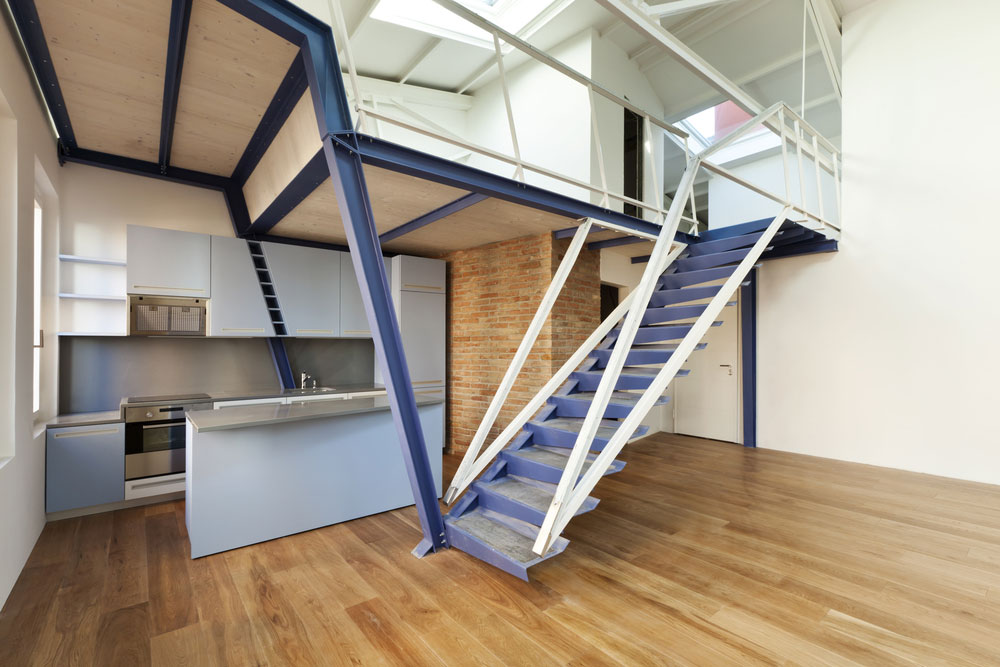Mezzanine flooring in a warehouse is a valuable addition that can significantly enhance the functionality, efficiency, and flexibility of the storage and workspace. Mezzanine floors are intermediate levels constructed within the existing warehouse space, providing numerous benefits:
Optimal Space Utilisation
One of the primary advantages of mezzanine flooring is the ability to maximise vertical space. Warehouses with high ceilings often underutilise the overhead space. Mezzanines make efficient use of this otherwise wasted area, allowing for increased storage capacity or additional workspace without the need for expansion.
Cost-Efficiency
Building a new facility or expanding an existing one can be expensive and time-consuming. Mezzanine installation is a cost-effective alternative that provides additional square footage at a fraction of the cost of new construction. It also minimises the need for additional land or infrastructure investments.
Customisation
Mezzanine systems are highly customisable to meet specific warehouse requirements. Whether you need more storage space, additional office areas, or specialised zones like packing or quality control stations, mezzanine floors can be tailored to suit your needs.
Quick Installation
Compared to constructing a new building or expanding the existing one, mezzanines can be installed relatively quickly. This allows businesses to increase capacity or workspace on a shorter timeline, reducing downtime and disruptions to operations.
Improved Workflow
Mezzanine floors can optimise warehouse workflow by separating processes or functions. For instance, you can dedicate one level for storage and another for order picking or assembly, streamlining operations and increasing productivity.
Enhanced Safety
Mezzanine systems are designed with safety in mind. They come equipped with safety features like guardrails, handrails, and anti-slip flooring to protect workers and inventory. Additionally, they reduce the need for cluttered, obstructed floor space, reducing the risk of accidents.

Adaptability
As your business evolves, mezzanine systems can adapt to changing needs. You can easily reconfigure or expand the mezzanine structure, add modular components, or relocate it to a different part of the warehouse as required.
Increased Organisation
Mezzanine floors can be used to create organised storage areas, such as rack-supported mezzanines. This improves inventory management, reduces product damage, and enhances accessibility for stock rotation.
Compliance with Regulations
Mezzanine systems can help warehouses comply with building codes and safety regulations. This is especially important for businesses that handle hazardous materials or require specific storage conditions.
Energy Efficiency
By utilising vertical space more effectively, mezzanine floors can reduce the need for extensive heating or cooling in a larger warehouse. This can result in energy savings and lower operational costs.

